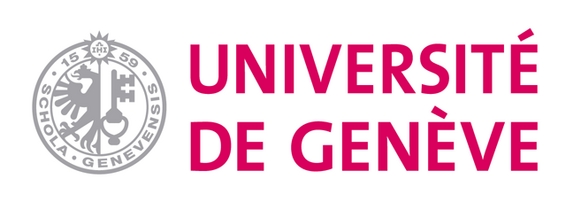
In the 38th issue of Social Change in Switzerland, Baptiste Antoniazza and his colleagues trace the changing profile of left-wing elected officials in Switzerland's four largest cities since 1910. While the urban left was dominated by blue-collar workers until the 1950s, by 1980 the majority of elected officials came from the white-collar middle class. By 2020, three-quarters of the elected representatives of the left in Switzerland's major cities had a university degree, compared with 41% of those on the right.
On the basis of biographical data on 2,743 elected members of the executive and legislative bodies of Basel-Stadt, Geneva, Lausanne and Zurich, the three political scientists show how the typical profile of politicians has changed between 1910 and 2020. In the first half of the 20th century, the proportion of university graduates was lower among left-wing elected officials (37% in 1937) than among right-wing elected officials (50% in 1937). A turning point came between 1980 and 2000, when Socialist and Green deputies began to have a higher proportion of university graduates than those on the right.
The most striking change was the virtual disappearance of left-wing MPs with manual occupations. While production workers were the most numerous category on the urban left between 1910 and 1957, they represented only 1% of elected left-wingers in 2020. At 5%, their share is now higher among right-wing deputies. Among left-wing elected officials, production workers have been replaced by socio-cultural specialists, i.e. skilled workers in education, health, social services and culture.
These changes have brought the profiles of left and right-wing MPs closer together in terms of education and occupation. However, significant differences remain in 2020. While the proportion of elected representatives with a professional background is high on both the left (25%) and the right (34%), there are more lawyers on the right and more architects, engineers and doctors on the left. Finally, while there are more entrepreneurs in right-wing MEPs, more than a third of left-wing MEPs work in the public sector in 2020.
>> Antoniazza, Baptiste, Mach, André, & Strebel, Michael Andrea (2024). Le profil des élu·e·s de gauche dans les grandes villes suisses, 1910-2020. Social Change in Switzerland, N°38, www.socialchangeswitzerland.ch
Contact:
- Baptiste Antoniazza, Université de Lausanne, +41 79 539 27 59, baptiste.antoniazza@unil.ch
The series Social Change in Switzerland continuously documents the evolution of the social structure in Switzerland. It is published jointly by the Swiss Competence Centre for Social Sciences FORS and the LIVES Centre - The Swiss Competence Centre for Research on Life Courses and Vulnerabilities. The aim is to trace changes in employment, family, income, mobility, voting or gender in Switzerland. Based on state-of-the-art empirical research, it is aimed at a wider audience than just specialists.

